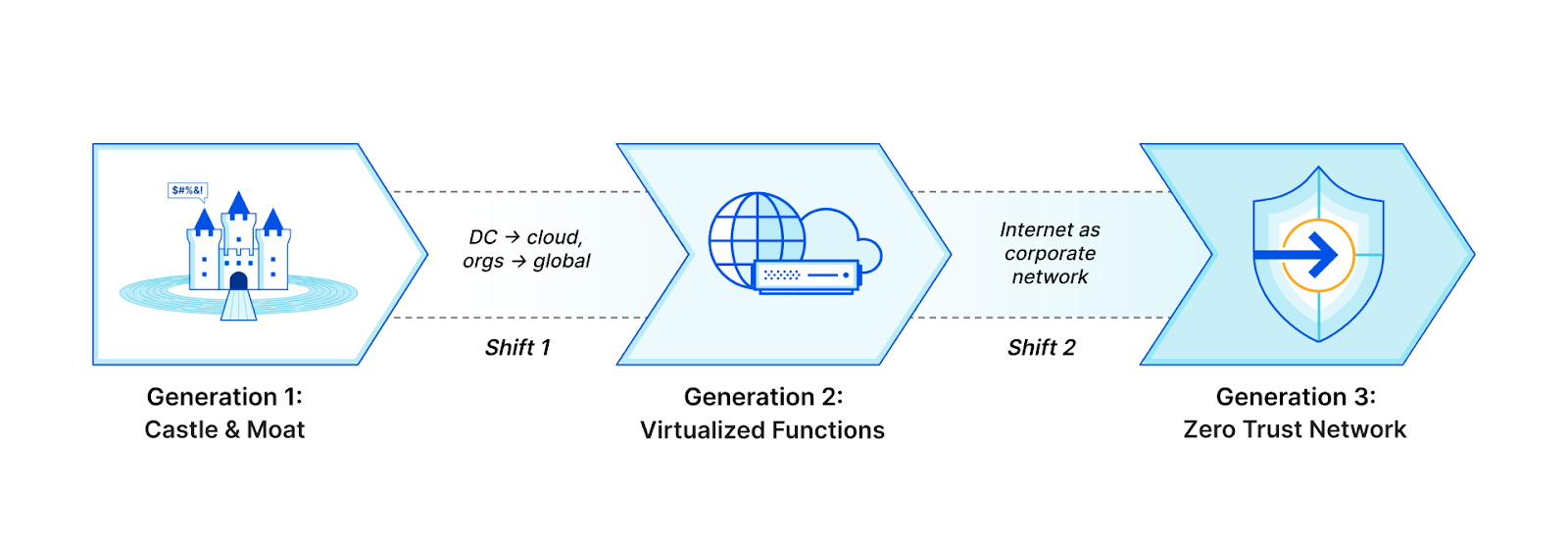Tailoring your Linux command prompt
The command prompt in a Linux terminal window is often just a $ unless you’ve logged in or sudo’ed your way into the root account, in which case you'd expect a #.Sometimes, though, your prompt will be more complicated, with a format like [lucky@fedora ~]$. But it's possible to change your prompt to some friendlier character, word, or phrase, and if you’re so inclined, you can even change its color. This post shows how easy it is to make these kinds of changes.Changing the format To get started, one thing you need to know is that your command prompt is not just something your shell creates on the fly. Instead, it’s a variable and its name is PS1. To see how your prompt is defined, display its value like this:To read this article in full, please click here
 Security compliance needs the same process as cars ?
Security compliance needs the same process as cars ?




